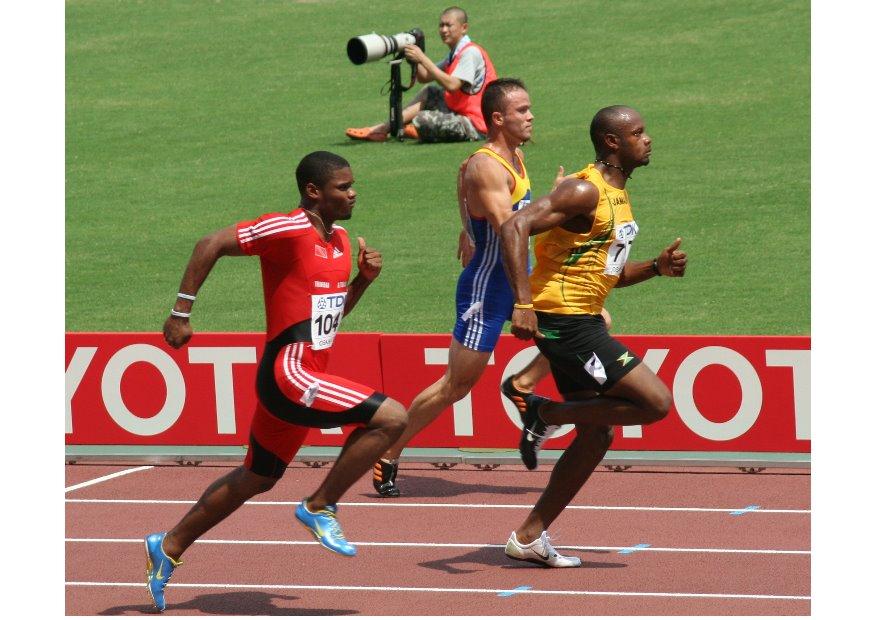In a previous post I covered an article that dealt with elastic energy. Not all sport scientists accepted the concept of elastic energy. One of the leading opponents to this concept was a biomechanist named Gerrit Jan van Ingen Schenau, who died in 1998 effectively ending the debate.
In a 1984 paper, he reviewed the concept of elastic energy, presented some arguments against it, and developed an alternative hypothesis.
The author begins by presenting the other side of the argument, i.e. the case for the existence of elastic energy. He begins by reviewing studies that show that isolated muscles can do more work during concentric contractions when they are stretched previously and studies that show that external force and work output in multi-joint movements are increased when a movement is preceded by a counter-movement. He also presents a very interesting case for the existence of elastic energy due to the fact that the power outputs seen during running can only be explained by the storage and re-utilization of elastic energy.
With his arguments against elastic energy, the author begins with the equation for determining the work done by a body. The equation shows that a muscle can only do work if force is exerted on the environment and if the muscle shortens. On the other hand, the environment can only do work on a muscle if the muscle’s length increases under the influence of a force. This is important because the muscle cannot re-use elastic energy which was not previously stored when the environment acted on the muscle. In other words, there is only a finite amount of elastic energy that can be developed, stored, and re-used. This argument is being made because, according to the author, it is impossible to generate the amount of elastic energy that is attributed to this phenomena by the equations.
The author then shifts to discussing where elastic energy can be found. According to the author, in the muscles elastic elements are only located at the cross bridges. If muscle elasticity is only located at the cross bridges then it can only be stored if the cross bridges are attached – once they are detached then the energy is lost as heat. So based upon this, the muscle isn’t a viable location for “where” elastic energy is stored. Tendons represent a good alternative, but they are stronger and stiffer which means that they would store less elastic energy, particularly at higher strain rates.
So, the author’s principle concern is that it doesn’t seem possible to generate and store the amount of elastic energy that would be necessary to improve performance as much as is attributed to it. If this is true, what accounts for the improvements in performance that a counter-movement causes? Van Ingen Schenau goes into a long analysis of cross-bridge activity during a muscle contraction, but his point boils down to this: A pre-stretch makes more cross-bridges available during the subsequent concentric contraction than without a pre-stretch.
This paper, and others that his author wrote, represents a fascinating alternative to something that we “know.” In fact, the November 1997 issue of the Journal of Applied Biomechanics was devoted to elastic energy and there are a number of great papers in it including several by Van Ingen Schenau. Unfortunately the author died in 1998 and it seems that the debate died with him.
Van Ingen Schenau, G.J. (1984). An alternative view of the concept of utilization of elastic energy in human movement. Human Movement Sciences, 3, 301-336.
Revised January 1, 2025




